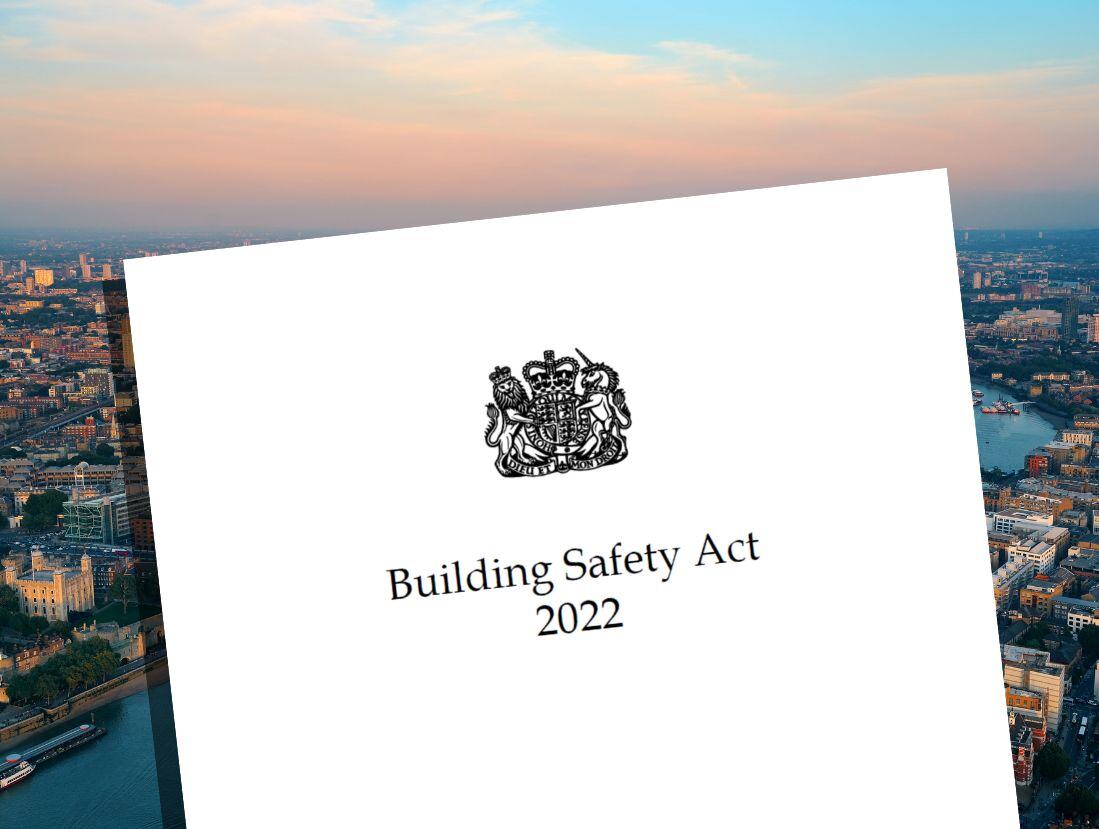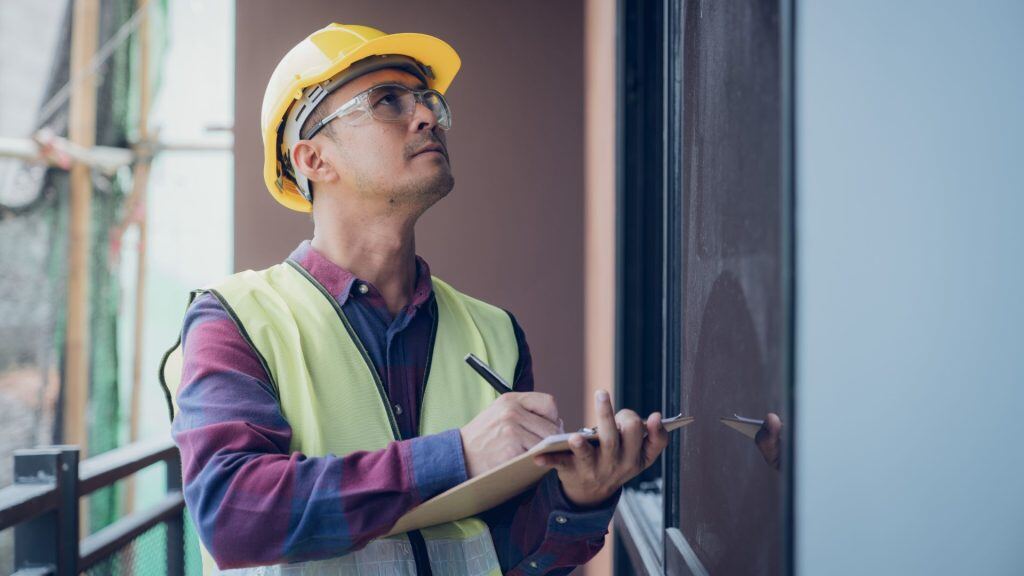Building Safety Act Compliance Checklist 2024: Key Deadlines & Actions
by Innovus on 23 April 2024

The Building Safety Act 2022, which came into force in April 2023 with its key provisions coming into force in October, introduces a more stringent regulatory regime for building and resident safety. For owners and leaseholders of high-rise residential buildings, the Act means significant new responsibilities – and stiff penalties for non-compliance.
In this post, we’ll break down what the Building Safety Act requires from building owners and leaseholders, and explain how Innovus’ specialist expertise can help you navigate the new regulatory landscape with confidence.
Your New Obligations as an Accountable Person
Under the Building Safety Act, owners of high-rise residential buildings (those over 18 metres or at least seven storeys) must appoint an Accountable Person. This individual is legally responsible for understanding building safety risks and taking all necessary steps to manage and control them.
Key duties of the Accountable Person include:
- Assessing building safety risks and implementing measures to prevent serious harm
- Preparing a safety case report demonstrating how risks are being identified and managed
- Registering buildings with the new Building Safety Regulator and applying for a Building Assessment Certificate
- Appointing a competent Building Safety Manager to oversee day-to-day safety management
- Developing and implementing a resident engagement strategy to communicate safety information and handle concerns
Failing to carry out these duties could result in criminal prosecution, unlimited fines, and even imprisonment. It’s critical that Accountable Persons fully understand and are equipped to meet their new obligations.
Protecting Leaseholders from Historical Safety Costs
Notably, the Building Safety Act also introduces protections for leaseholders from costs associated with remediating historical safety defects. A new legal requirement establishes a cascade of liability, starting with developers and contractors, to ensure that those responsible for defects bear the costs of fixing them.
However, navigating this process and ensuring that all parties fulfill their responsibilities can be complex. Having expert support is essential to protect leaseholder interests and achieve a satisfactory resolution.

Building the Competence to Manage Safety Effectively
Meeting the new building safety requirements demands a high level of competence across a range of areas, from fire safety systems to resident engagement. For many building owners and leaseholders, developing this competence in-house is a daunting prospect.
This is where partnering with a specialist firm like Innovus can make all the difference. Our team of building safety experts, with over 65 years of combined industry experience, can provide the knowledge and capabilities you need to comply with confidence.
We offer a comprehensive suite of building safety services tailored to the needs of high-rise building owners and managers. This includes:
- Conducting building safety assessments and developing action plans
- Providing expert support to develop safety case reports and obtain Building Assessment Certificates
- Implementing robust safety management systems to maintain ongoing compliance
- Delivering resident engagement strategies that meet regulatory requirements
- Offering strategic advice on building safety issues as new risks emerge
Our deep expertise, established industry network, and commitment to staying at the forefront of regulatory developments make us the ideal partner to help you navigate the Building Safety Act.
Don’t Risk Non-Compliance – Act Now
With the Building Safety Act now in force, it’s essential that high-rise building owners and leaseholders take prompt action to understand and meet their new duties. The risks of non-compliance – both to resident safety and to your own legal and financial standing – are simply too high.
If you need expert guidance on any aspect of building safety compliance, Innovus is here to help. Our specialist team can provide the clarity, capabilities, and confidence you need to fulfill your obligations and keep your residents safe.
To discuss how we can support you in navigating the Building Safety Act, contact our expert team today.

